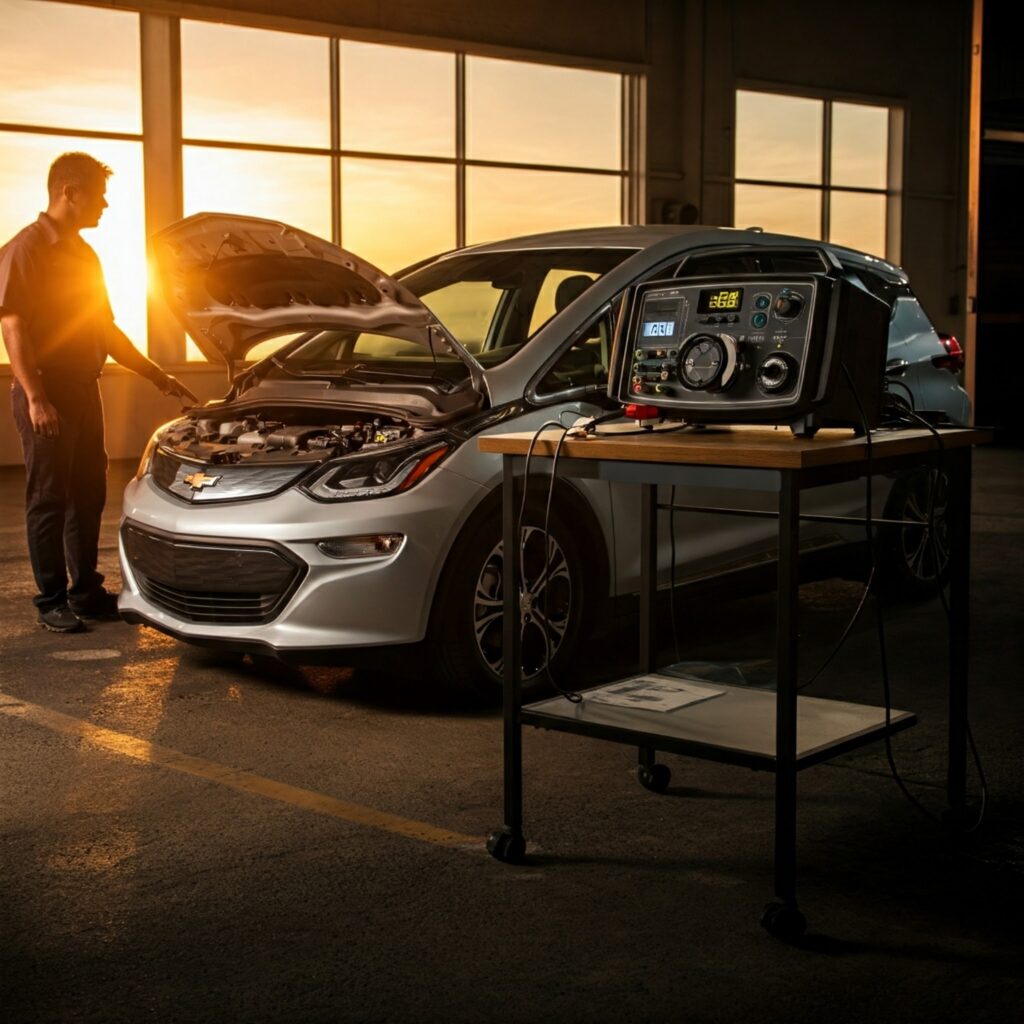To most people electricity is all the same, other than sometimes it’s 240-volt instead of 120-volt. Behind the scenes, however, engineers and technicians work to ensure “power quality” for energy that both goes into and comes out of devices such as electric vehicle (EV) chargers. What is power quality and what is the EV charging industry doing about it?
Power Quality 101
Think of power quality as the “health” of the electricity flowing through the grid, which is alternating current (AC). Batteries in EVs, however, are direct current (DC). The process of converting power from AC to DC, if not filtered correctly, can cause disturbances. The higher the power level of the charger, the greater the potential for problems such as:
- Voltage fluctuations: Sudden dips or spikes in voltage can disrupt charging, potentially damaging the vehicle’s onboard charger (in the case of AC or Level 2 charging) or the charging station itself (in the case of DC charging).
- Harmonics: These are distortions in the electrical current caused by non-linear loads (like EV chargers). Harmonics can cause a high pitch noise (such as from induction cooktops), overheat equipment, reduce efficiency, and interfere with other devices such as by flickering lights.
- Transients: These are short-duration disturbances, often caused by lightning strikes or switching of large loads. Transients can cause immediate damage to sensitive electronics.
Emissions and Immunity: Two Sides of the Coin
The relationship between power quality and EVs has two main facets:
- Emissions: This refers to how EV charging affects the power grid. As mentioned earlier, harmonics generated and exported by EV chargers can “pollute” the grid, degrading power quality for other consumers. Examples of emissions include Total Harmonic Distortion (THD), Supraharmonics, Low Power Factor, and Inrush.
- Immunity: This relates to how resilient the EV charger and the vehicle itself are to power quality disturbances coming in from the grid. A charger capable of withstanding voltage fluctuations and harmonics without malfunctioning is said to have “high immunity.” Examples of immunity include Under Voltage, Over Voltage, Phase Imbalance, Voltage Sag, Frequency, and Harmonics.
Ensuring a Clean and Reliable EV Charging Experience
We mitigate these challenges and ensure reliable and efficient EV charging without compromising power quality through:
- Active harmonic filtering: Using good converters and installing filters which adhere to standards at charging stations or within the grid can minimize harmonic distortion.
- Smart charging: Utilizing smart charging technologies that optimize charging times based on grid conditions and electricity prices can help reduce stress on the grid and prevent voltage sags.
- Robust charger design: Manufacturers should prioritize designing chargers with high immunity to power quality disturbances.
- Grid modernization: Investing in grid upgrades and advanced monitoring systems can enhance overall grid stability and resilience.
The Road Ahead
As EV adoption accelerates, addressing power quality concerns is important. By proactively implementing solutions and fostering collaboration between utilities, charging infrastructure providers, and vehicle manufacturers, we can pave the way for a sustainable and electrified transportation future. This will not only ensure a seamless charging experience for EV owners but also contribute to a cleaner and more reliable power grid for everyone.
For more information about EVs and EV charging, I invite you to contact me or connect with me on LinkedIn.
Photo credit: “Photo of EV with the hood open and electrical diagnostic equipment nearby,” Gemini Advanced, Jan. 21, 2025.

